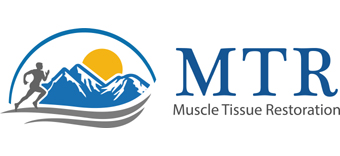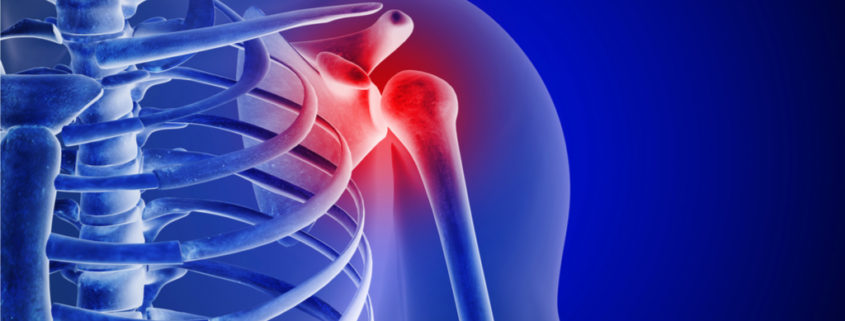How does MTR help Arthritis?
Arthritis is an inflammation of the articular cartilage in the joints. The inflammation will worsen by stressing factors such as body weight load and barometric pressure on humid days. The inflammation will lead to swelling and prevent normal function.
MTR breaks down the irregular connective tissue in muscle that prevents the area from holding the weight load of your own body. Most of us are operating with only half our muscle bellies working and have brittle tendon connectors to the bones. This stress prevents blood flow and puts too much pressure on the finer structures of our bodies. ie- joints, ligaments, bursea, and tendons.
Through the process of MTR- your body will develop more weight bearing red fibers from the work alone. Once the muscles are restored to their original function, the pressure will be off the arthritic areas and they will not be triggered to get inflamed.
The amount of hours of MTR needed in any particular area varies among people. Some have more “white tissue” than others. All hours completed accrue as the changes in the body are made.
Most clients come in for treatments once a week for a 1-2 hour session. Those that are injured can come in days in a row or twice week to speed up the recovery process.
Many call it the “fountain of youth” as they start to feel like they did in their twenties!
Thanks for taking the time to read this and hope to see you soon!
Olof Kjellberg, LMT
Efficacy of Turmeric Extracts and Curcumin for Alleviating the Symptoms of Joint Arthritis.
The term arthritis is derived from the Greek words “artho” and “itis,” meaning joint and inflammation, respectively. Arthritis is a form of joint disorder characterized by chronic inflammation in one or more joints that usually results in pain and is often disabling.
Arthritis includes more than 100 different forms: the most common form is osteoarthritis, but other forms include rheumatoid arthritis, psoriatic arthritis, and related autoimmune diseases.
Although the causes of these diseases are different, their symptoms and treatments are similar. As osteoarthritis is a degenerative joint disease, the number of people with arthritis is also growing with the increase in the aging population. The worldwide prevalence of knee osteoarthritis increased 26.6% from 1990 to 2010, and it affects about 9.6% of men and 18% of women more than 60 years of age.
The occurrence of osteoarthritis increases with age due to the decreased capacity to suppress inflammation, age-related sarcopenia, and increased bone turnover. Rheumatoid arthritis is a systemic inflammatory and destructive joint disease with a prevalence of about 1–2% of the adult population worldwide.
Although arthritis is associated with inflammation and pain, the exact cause of arthritis remains uncertain, and there is no treatment for its fundamental causes. The major goal of arthritis treatment is to reduce joint pain induced by inflammation in the joints, daily wear and tear of joints, and muscle strains.
The existing pharmaceuticals for treating arthritis are analgesics, steroids, and nonsteroidal anti-inflammatory drugs (NSAIDs), which reduce the symptoms such as severe pain and inflammation. Classical NSAIDs are cyclooxygenase (COX) inhibitors that inhibit prostaglandin and thromboxane synthesis, thereby reducing inflammation. New NSAIDs selectively inhibit COX-2 and are usually specific to inflamed tissue, which decreases the risk of peptic ulcer.
However, their long-term use cannot be sustained due to inadequate pain relief, immune disturbances, and serious gastrointestinal and cardiovascular adverse events. Therefore, herbal therapies with anti-inflammatory properties and minimum side effects are needed for the treatment of arthritis, including rheumatoid arthritis and osteoarthritis, especially after the withdrawal of many Food and Drug Administration-approved anti-inflammatory drugs.
Although turmeric belongs to the Zingiberaceae family, turmeric contains different bioactive components, mainly curcumin and demethoxycurcumin, bis-demethoxycurcumin, and turmeric essential oils. When used as an alternative medicine or dietary supplement, turmeric is typically used as an extract that is standardized to 80–95% curcuminoids, primarily curcumin. Turmeric and its derivatives have anti-inflammatory activities.
Unlike ginger, turmeric and curcumin do not modulate COX-1 activity, but modify NF-κB signaling, proinflammatory cytokines such as interleukin production and phospholipase A2, COX-2, and 5-LOX activities. Curcumin also modulates the expressions of various transcription factors involved in energy metabolism such as signal transducer and activator of transcription, peroxisome proliferator-activated receptor-γ, activator protein-1, cAMP responding element binding protein, estrogen response element, and others.
As a result, turmeric and its components have been reported to exert beneficial effects on osteoarthritis, type 2 diabetes, and dyslipidemia. Turmeric is better tolerated than ginger and pepper due to being less hot and spicy. Therefore, it is important to conduct a systematic review of the antiarthritis effects of curcuma.
The purpose of this review was to systemically evaluate all randomized clinical trials (RCTs) of turmeric and curcumin for treating arthritis symptoms and to elucidate the efficacy of curcuma for alleviating the symptoms of arthritis. To the best of our knowledge, this is the first systematic review and meta-analysis of RCTs on the efficacy of turmeric for arthritis symptoms.
Source: National Library of Medicine
Author James W. Daily

